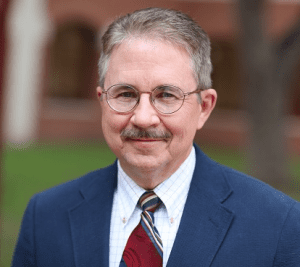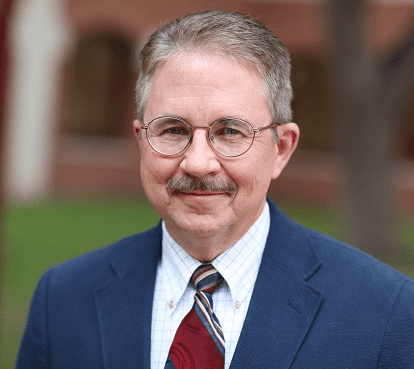 You have, or perhaps “They had,” three options: Mary gave birth to the human Jesus (but not to the eternal, divine Logos), or Mary gave birth to the Christ (not to God, but to Christ, who was both human and divine), or Mary gave birth to God (Jesus was divine). The first view is called Anthropotokos, the second Christotokos, and the third (orthodox view) Theotokos. (A long “o” in the -kos ending.)
You have, or perhaps “They had,” three options: Mary gave birth to the human Jesus (but not to the eternal, divine Logos), or Mary gave birth to the Christ (not to God, but to Christ, who was both human and divine), or Mary gave birth to God (Jesus was divine). The first view is called Anthropotokos, the second Christotokos, and the third (orthodox view) Theotokos. (A long “o” in the -kos ending.)
The issue is discussed in Ron Heine, Classical Christian Doctrine: Introducing the Essentials of the Ancient Faith. His sketches of the signal issues in orthodox development is admirable, lucid, and deserving of a place on the shelf of student and pastor libraries.
The debate occurred between Nestorius, up in Antioch, who was a Christotokos and who (allegedly) had a more tangential and non-ontological relation between the divine and human in Christ, and Cyril of Alexandria, who was adamant that Mary gave birth to the Son of God, and that Son was divine and therefore she was the Theotokos. Anything less is less than orthodoxy. Now we must remember that the Incarnation figures prominently in early Christian theology; it is diminished very much in much of modern evangelical thinking (mostly because it does not figure in how theology is done by many). If true God did not become true man, God or man could not have been adequately represented in the work of Christ.
In essence, Nestorius sees no mixture in the human and divine nature of Christ; in essence, Cyril says they intermingle. For Nestorius the human nature of Christ lived, died, suffered and was buried and raised; the Logos is above that. Remember, in essence for many ancients God could not suffer (Moltmann completely rejects this notion, as many of you know). Many then thought Nestorius believed in two Sons — the human and the divine Sons. He believe in two separable natures but one person (prosopon).
Cyril said there was one being, fully God and fully human. The body of the baby Jesus was the Logos. There was a perfect harmony of divine and human without mixture into a third substance. Like Athanasius he thought the Logos shared in the death and suffering, but the Logos did not die. So intimately joined they communicated their essences with one another. The two natures are not mixed and inseparable. One person, one substance, two natures. That’s Chalcedon. That’s orthodoxy.













